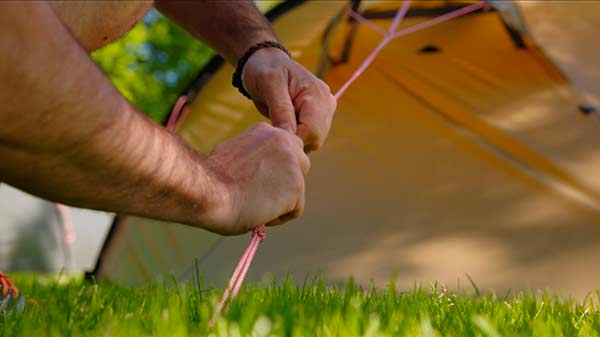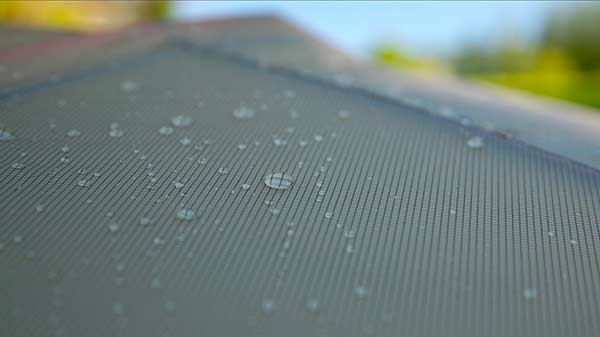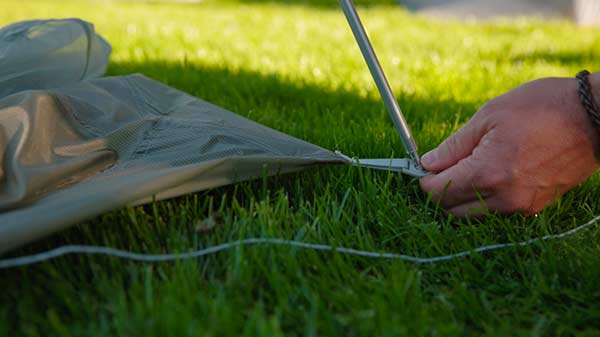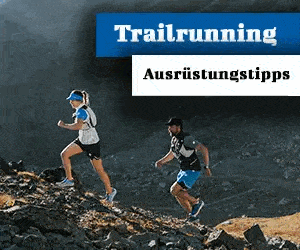Dome, tunnel or geodesic tent: What is the difference between the types of tent, which one is best suited for a canoe tour and what is the water column all about? Tom gives you an overview in the video.
Contributed by Tom - Transa Travel & Outdoor
Whether ultra-light trekking tent or stable geodesic: yours Tent goes the extra mile with you and should accompany you faithfully for years. The purchase should therefore be carefully considered.
Video: Tips from the professionals - you have to pay attention to this when buying a tent
"Don't you want to buy your tent in a sack? To the Transa tent days you can compare our entire range of tents one-to-one, try them out and test them.”
Tom, Transa Travel & Outdoor
Two forms – a thousand areas of application
Basically, we distinguish between two types of tents: the dome and the tunnel tent. The former is self-standing and consists of a separate inner and outer tent. The advantage: Condensation can rise through the mosquito net of the inner tent and condense on the outer tent. you stay dry
On warm summer nights you can do without the outer tent and thus guarantee good ventilation. Dome tents also include the geodesic tents. Thanks to several arches, they are extra stable and can withstand strong winds or snow.
The tunnel tent, on the other hand, has to be well anchored, so it is less suitable for very rocky terrain. The inner and outer tent are firmly connected, which makes assembly easier. Thanks to the steep walls, the tunnel tent is spacious.

"A tip: set up your tunnel tent so that the wind blows on the narrow side, it's a lot more stable that way."
Tom, Transa Travel & Outdoor
The water column
The water column given in millimeters shows how much water pressure the tent fabric can withstand. The higher, the more waterproof the tent. The groundsheet needs to have a higher hydrostatic head than the flysheet as it will be subjected to more pressure while you sleep on it.

Protected from below
To protect the tent floor and maximize its lifespan, you can purchase a tent pad called a footprint. It has the same layout as the tent and protects it from abrasion and wear and tear.

Don't want to buy your tent in a sack? To the Transa tent days you can compare our entire range of tents one-to-one, try them out and test them. Come over.


